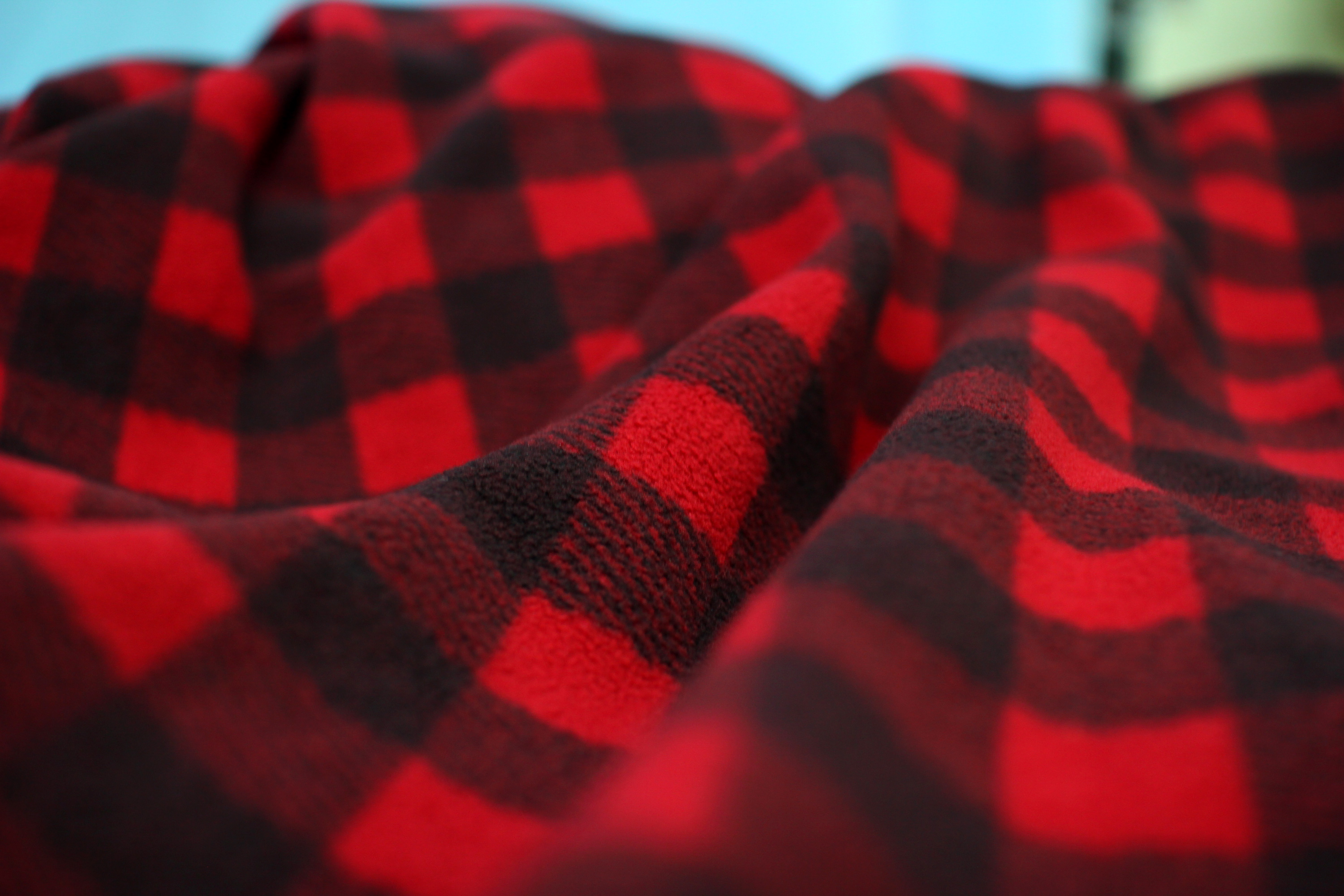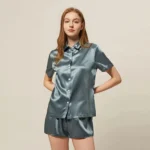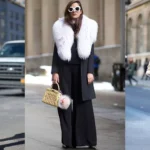When I first started delving into sustainable fashion, the world of fabrics and materials opened up before me like a treasure trove. Exploring sustainable fabrics and materials in fashion is not only about looking stylish but also making a positive impact on the planet. From organic cotton’s soft touch against the skin to hemp’s versatile eco-warrior qualities, each fabric tells a unique story. Let’s embark on a journey to discover these sustainable gems and embrace a greener, more responsible approach to fashion.
Content
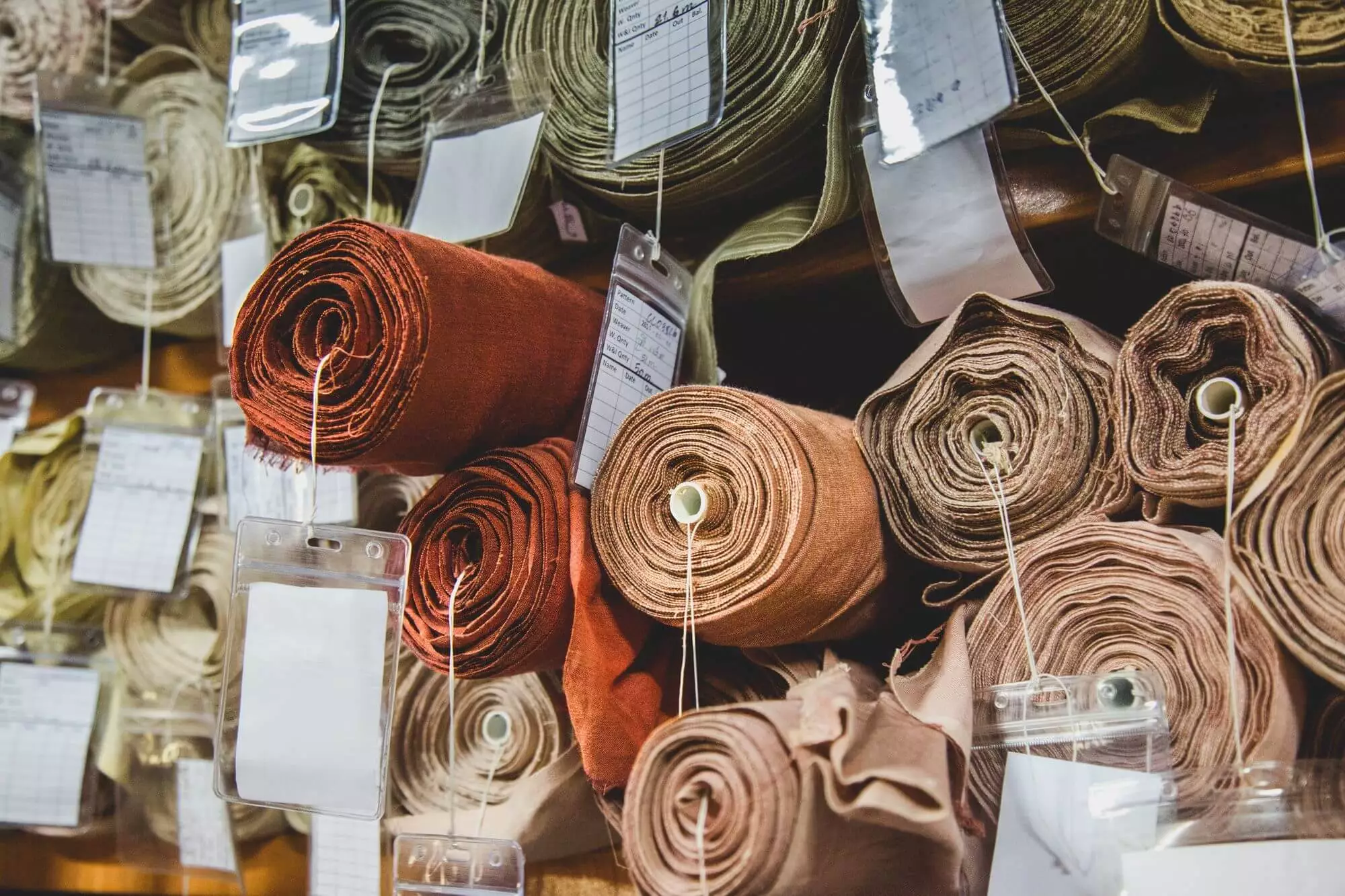
Benefits of Sustainable Fabrics
As a fashion enthusiast, I have always been fascinated by the world of sustainable fabrics. Not only do they offer unique qualities and textures, but they also contribute to a greener and more ethical fashion industry. In this article, I will explore the benefits of sustainable fabrics and how they are shaping the future of fashion.
Also Read: The Art of Layering: Styling Outfits for Different Seasons
1. Reduction of Environmental Impact
Sustainable fabrics play a crucial role in reducing the fashion industry’s environmental footprint. By opting for eco-friendly materials, we can make a positive impact on our planet. These fabrics help conserve water resources, decrease the use of toxic chemicals, and lower the overall carbon footprint associated with clothing production.
2. Preservation of Natural Resources
One of the remarkable benefits of sustainable fabrics is their ability to preserve our precious natural resources. For instance, organic cotton, which is grown without harmful pesticides or synthetic fertilizers, helps protect the soil, water, and biodiversity. Similarly, fabrics made from hemp, a fast-growing plant, require minimal water and no pesticides, making it a sustainable alternative to conventional fibers. Additionally, recycled polyester reduces the demand for virgin petroleum-based polyester, reducing energy consumption and greenhouse gas emissions.
3. Promotion of Ethical Practices
Sustainable fabrics promote ethical practices throughout the fashion supply chain. By using fair trade materials, we can ensure that the workers involved in the production process are treated fairly and paid a living wage. Furthermore, opting for animal-friendly alternatives, such as faux fur or plant-based materials, helps prevent animal cruelty in the fashion industry. Sustainable fabrics also drive improvements in working conditions, ensuring the well-being and safety of garment workers.

Popular Sustainable Fabrics and Materials
When it comes to sustainable fashion, choosing the right fabrics and materials is key. As someone who cares about the environment, I have explored various options that not only look great but also have a positive impact on our planet. I will delve into some popular sustainable fabrics and materials, highlighting their unique qualities and the role they play in transforming the fashion industry.
1. Organic Cotton
Nature’s Finest Fiber Organic cotton is a standout among sustainable fabrics. Grown without harmful pesticides or synthetic fertilizers, it minimizes water consumption and protects biodiversity. Its softness and breathability make it ideal for a range of clothing items, from cozy t-shirts to comfortable loungewear. I recently purchased an organic cotton dress, and I must say, the fabric feels incredible against my skin while giving me peace of mind.
2. Hemp
A Versatile Eco-Warrior Hemp, often associated with hippie fashion, has gained popularity due to its sustainable qualities. It requires little water and no pesticides to grow, making it an eco-friendly alternative to traditional fibers. Beyond its environmental benefits, hemp fabric boasts durability and breathability, making it suitable for everything from jeans to summer dresses. I own a pair of hemp pants that have become my go-to choice for their comfort and eco-friendly appeal.
3. Recycled Polyester
Turning Trash into Fashion Recycled polyester offers a solution to the growing problem of plastic waste. By transforming post-consumer plastic bottles into polyester fibers, this fabric reduces the demand for new petroleum-based materials. It also saves energy and emits fewer greenhouse gases during production. I recently purchased a stylish jacket made from recycled polyester, and it’s both fashionable and guilt-free.
4. Tencel (Lyocell)
Eco-Friendly Elegance Tencel, known as Lyocell in the textile industry, is a fabric made from sustainably harvested wood pulp. Its production process is environmentally friendly, using a closed-loop system that recycles water and solvents. Tencel offers excellent drape, breathability, and moisture absorption, making it perfect for creating elegant dresses and flowy blouses. I wore a Tencel blouse to a special event recently, and I received many compliments on its luxurious feel.
By incorporating these popular sustainable fabrics and materials into our wardrobes, we can make a positive impact on the environment while looking fabulous. Whether it’s the comfort of organic cotton, the versatility of hemp, the innovation of recycled polyester, or the elegance of Tencel, each choice contributes to a greener and more responsible fashion industry.
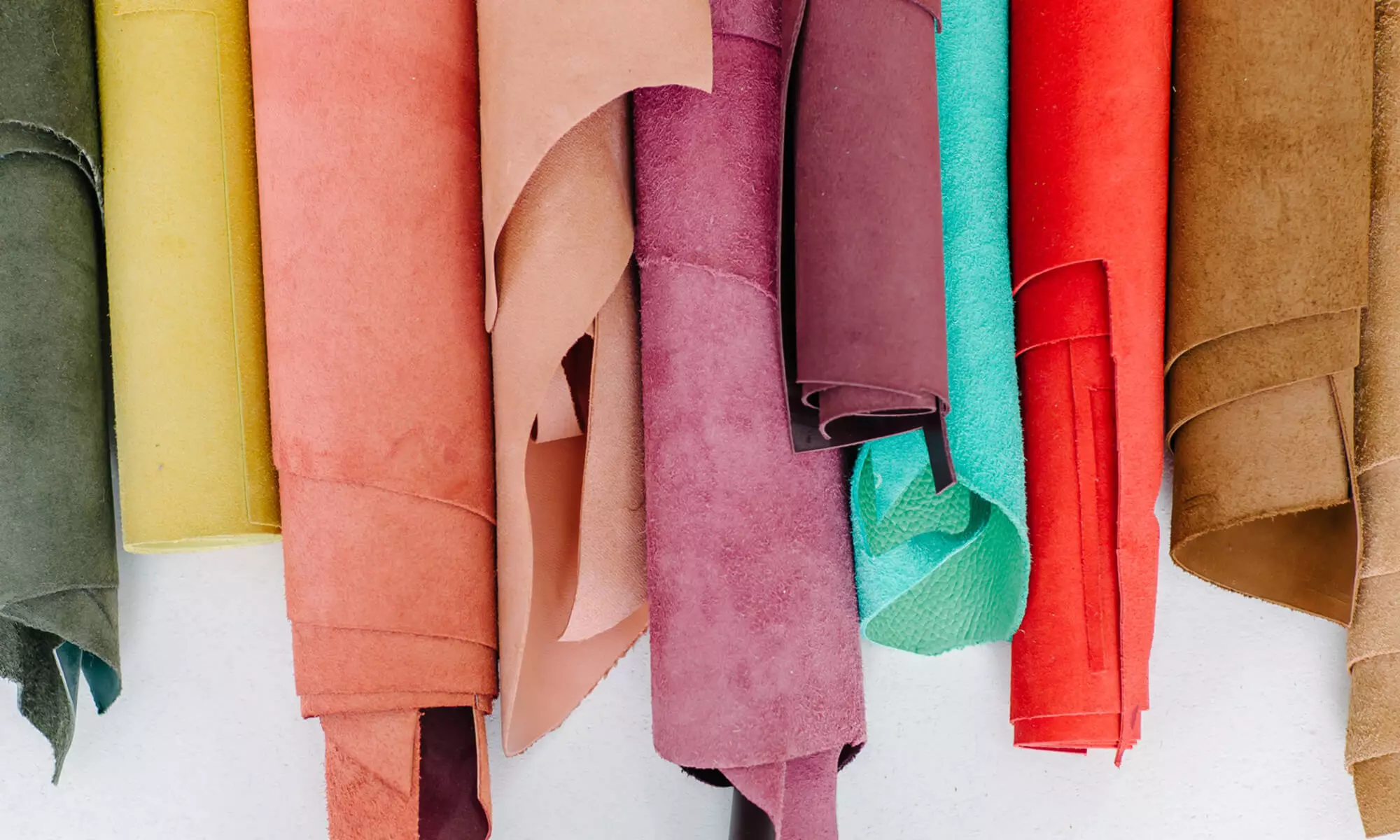
Conclusion
As I conclude this journey of exploring sustainable fabrics and materials in fashion, I am inspired by the incredible possibilities that lie ahead. By embracing these eco-friendly choices, we can make a positive impact on both our personal style and the environment. Whether it’s the softness of organic cotton, the versatility of hemp, or the innovation of recycled materials, sustainable fashion offers us a chance to create a wardrobe that aligns with our values. Let’s continue to choose consciously and shape a fashion industry that embraces sustainability, one fabric at a time.
FAQs
u003cstrongu003eWhat are the main challenges in sourcing sustainable fabrics for fashion?u003c/strongu003e
Sourcing sustainable fabrics can present challenges such as limited availability, higher costs compared to conventional materials, and the need for specialized suppliers.
u003cstrongu003eHow can I identify if a fabric is truly sustainable?u003c/strongu003e
Look for certifications and labels such as Global Organic Textile Standard (GOTS), Organic Content Standard (OCS), and Recycled Claim Standard (RCS). These certifications ensure that the fabric meets specific sustainability criteria, such as organic cultivation, fair trade practices, and recycled content.
u003cstrongu003eCan sustainable fabrics meet the quality and durability standards of traditional materials?u003c/strongu003e
Absolutely. Sustainable fabrics have come a long way in terms of quality and durability. Organic cotton, for instance, can be as soft and durable as conventional cotton. Additionally, innovative technologies are continuously improving the performance of sustainable materials, making them suitable for various fashion applications.
u003cstrongu003eWhat are some alternatives to animal-based materials in sustainable fashion?u003c/strongu003e
Answer: Sustainable fashion offers various alternatives to animal-based materials. For instance, you can opt for faux leather made from plant-based materials like pineapple fibers (Piñatex) or mushroom-based leather. Plant-based fibers like hemp, bamboo, and Tencel (Lyocell) also provide animal-friendly alternatives with unique qualities.
u003cstrongu003eHow can I incorporate sustainable fabrics into my existing wardrobe?u003c/strongu003e
Transitioning to a more sustainable wardrobe can be done gradually. Start by identifying the key pieces you wear most frequently and replace them with sustainable alternatives. Look for sustainable fabric options in clothing brands and online marketplaces dedicated to eco-friendly fashion.

Nellie Ponds is a fashion blogger with an eye for style. She has her own blog where she writes about the latest in fashion and trends, as well as providing tips on how to dress your best while still being practical. Her blog’s readership is steadily growing, but she remains humble.


